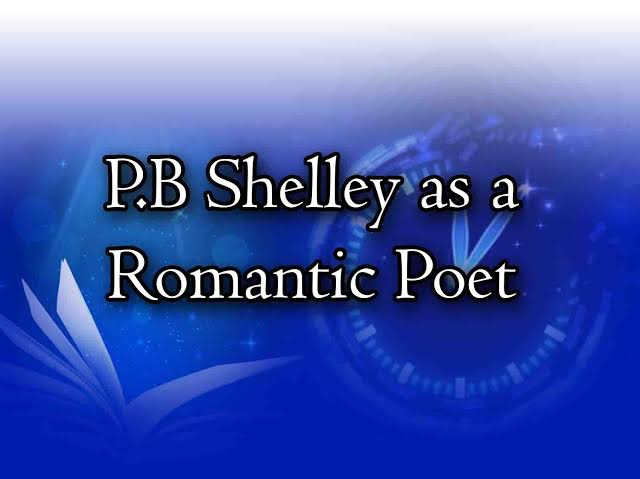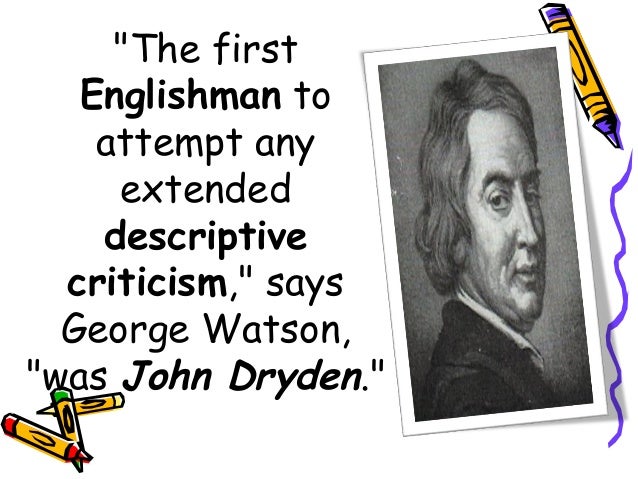Hello friends, it's me Reshma the Student of Department Of English,MKBU. I am going to share my thinking task on the given questions by Vaidehi Haryani miss.
The Rape Of The Lock
By Alexander Pope
This blog is based on the given questions.
So here we go, with 1st question.
Q.1 According to you, who is the protagonist of the poem Clarissa or Belinda? Why? Give your answer with logical reasons.
Response: "The Rape of the Lock," the protagonist is Belinda. This choice is supported by the following logical reasons:
1. Narrative Focus: The poem primarily revolves around Belinda's character and her experiences. The poem begins with a focus on her morning ritual and her preparations, and it culminates with her reaction to the loss of her lock of hair.
2. Moral Lesson: Belinda serves as the central character through whom Alexander Pope conveys his moral and satirical message about the vanity and triviality of the aristocratic society of the time. Her obsession with her appearance and the dramatic reaction to the theft of her lock of hair highlight these themes.
3. Thematic Significance: The title itself, "The Rape of the Lock," underscores the importance of Belinda's stolen lock of hair as a central event in the poem. The term "rape" here refers to the violation of her personal property, emphasizing its significance to the narrative.
4. Character Development: Throughout the poem, Belinda undergoes character development as she moves from a state of distress and outrage to a realization about the importance of maintaining a sense of proportion and not being overly concerned with superficial matters.
While other characters, including Clarissa and the Baron, have their roles and importance in the story, it is Belinda's character that takes center stage in terms of narrative focus, thematic relevance, and character development, making her the protagonist of "The Rape of the Lock."
Q.2 What is beauty? Write your views about it.
Response: She was as beautiful as every eye was fixed on her alone.which according to the Rape of the Lock, but my views towards beauty is not looking good but what good skills we have within ourselves.Beauty is a concept that is both deeply personal and culturally influenced, making it a multifaceted and subjective idea. Here are some perspectives on beauty:
1. Subjectivity :Beauty is highly subjective, varying from person to person. What one person finds beautiful, another may not. It often depends on individual preferences, experiences, and cultural backgrounds.
2. Aesthetics: In the realm of aesthetics, beauty is often associated with qualities like symmetry, balance, and harmony. Many classic works of art and architecture strive to achieve these qualities to create visually pleasing experiences.
3. Inner Beauty: Beyond physical appearance, many people believe that inner qualities, such as kindness, empathy, and intelligence, contribute significantly to a person's beauty. Inner beauty can radiate and enhance one's external appearance.
4. Cultural Influences: Beauty standards are heavily influenced by culture and society. What is considered beautiful can vary greatly from one culture to another and evolve over time. Media, fashion, and advertising also play a significant role in shaping these standards.
5. Timelessness: Some believe that true beauty transcends trends and fads. It is enduring and remains attractive across generations.
6. Nature: Many find beauty in nature, from breathtaking landscapes to the intricate patterns found in flora and fauna. The natural world often inspires a sense of awe and wonder.
7. Emotion and Perception: Beauty is often linked to emotions. Something beautiful can evoke feelings of joy, admiration, or even a sense of the sublime. It has the power to move us emotionally.
8. Personal Growth: Some people see beauty in personal growth and self-improvement. The journey of becoming a better, more authentic version of oneself can be considered beautiful.
In essence, beauty is a complex and deeply human concept. It encompasses physical attributes, inner qualities, cultural influences, and emotional responses. It can be found in the world around us, within ourselves, and in the connections we make with others. Ultimately, beauty is a dynamic and evolving idea that continues to be a source of fascination and inspiration for people worldwide.
Q.3 Write your views about the significance of hair. Is it symbolic?
Response: Hair holds significant symbolic and cultural importance across different societies and historical periods. Its symbolism varies widely, but it often represents various aspects of identity, individuality, and cultural expression. Hair can be seen as symbolic in several ways:
1. Identity: Hair plays a crucial role in shaping one's identity. It can be a source of personal expression, reflecting a person's style, beliefs, and cultural background. The way people choose to wear their hair, whether long or short, natural or styled, can communicate a lot about their identity.
2. Gender and Sexuality: Hair is often linked to gender identity and sexual expression. Traditionally, long hair has been associated with femininity, while short hair is considered more masculine. However, these conventions are increasingly being challenged as society reevaluates gender norms and expectations.
3. Spirituality and Religion: In various cultures, hair has spiritual significance. For example, in Sikhism, uncut hair is a symbol of spirituality and adherence to religious beliefs. In some Indigenous cultures, hair can symbolize a connection to nature and the spiritual world.
4. Social Status and Class: Throughout history, hair has been associated with social status and class distinctions. Elaborate hairstyles and wigs were often worn by the wealthy and powerful in societies like 18th-century Europe. Conversely, simple or shaved hairstyles might signify humility or servitude.
5. Mourning and Rituals: In some cultures, hair is associated with rituals and customs. It can be cut or shaved during mourning periods or as a form of purification and renewal.
6. Rebellion and Nonconformity: Hair can also be a symbol of rebellion and nonconformity. Counterculture movements in the 1960s embraced long, unkempt hair as a rejection of mainstream societal norms.
7. Health and Vitality: The condition of one's hair can symbolize health and vitality. Shiny, well-groomed hair is often associated with well-being, while hair loss or graying can be seen as signs of aging or illness.
- In conclusion, hair is indeed symbolic in various ways, and its significance can vary widely depending on cultural, historical, and personal contexts. It serves as a canvas for self-expression, a marker of identity, and a reflection of societal values and norms. Whether as a statement of individuality, a source of pride, or a means of connecting to tradition and spirituality, hair continues to be a powerful symbol in our diverse and ever-evolving world.
Q.4 Find out a research paper on "The Rape of the Lock". Give the details of the paper and write down in brief what it says about the Poem by Alexander Pope.
Response: To find research papers on "The Rape of the Lock" by Alexander Pope, you can follow these steps:
1. Academic Databases: Utilize academic databases that specialize in literature and literary criticism. Some popular ones include JSTOR, ProQuest, MLA International Bibliography, and Google Scholar.
2. Keyword Search: In the search bar of the chosen database, enter relevant keywords like "The Rape of the Lock Alexander Pope research paper" or "analysis of The Rape of the Lock." You can also try variations of these keywords to refine your search.
3. Filter and Sort:After conducting your initial search, you may want to filter the results by publication date, academic journals, or relevance. This helps you find the most recent and reputable research papers.
4. Accessing Papers:Some papers may be freely available, while others might require institutional access or purchase. If you have access to a university or academic library, you can often access these papers for free through your institution's subscriptions.
5. Citations: Look at the citations in the papers you find. Often, one research paper will lead you to others that are related and may be of interest to your study.
6. Library Resources:If you are affiliated with a university or academic institution, make use of your library's resources and librarians. They can provide guidance on finding relevant research materials.
Remember that while searching for research papers, you can also explore books, book chapters, and essays dedicated to the analysis of "The Rape of the Lock" for a more comprehensive understanding of the poem and its critical reception.
Thank you for visiting!

















